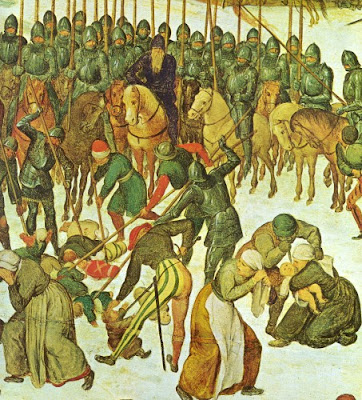 |
|
The Adoration of the Magi in the Snow, 1567, Pieter Bruegel the Elder
|
Pieter Bruegel’s birth was unrecorded, but it is thought to have been around 1525-30 in either Liège or Brabant. Just as there is ambiguity about his birthplace, there is no record of whether Bruegel died as a Protestant or Catholic. (He was shrewd; he asked his wife to burn his papers after his death.)
Bruegel worked with three themes throughout his career: peasants, landscape and religion. In his early work, these converged and diverged in no particular pattern. As a member of a successful atelier family (he married the Coeckes’ daughter) he flourished; he had a high degree of skill as well. But his most brilliant paintings were at the end of his life. Was that simply because he had grown to maturity, or was he responding to the trials of his times?
 |
|
The Census at Bethlehem, 1566, Pieter Bruegel the Elder
|
By then, Reformation was smoldering in the Netherlands; Anabaptists and Calvinists met secretly and illegally. Bruegel left no record of what he thought of this or anything else. But from a Catholic standpoint, his paintings became positively impertinent. Of these paintings, three deserve mention. Bruegel located his Tower of Babel (1563) in a Flemish city and dressed Nimrod as a European king. The Sermon of St. John the Baptist (1566) is militant—subversive, actually—because it clearly depicts a contemporary Calvinist or Anabaptist service. In it he identifies the heretic Protestant preachers with John the Baptist. The Adoration of the Magi of 1564 is a straight-up Nativity scene, but anything but saintly. Notice Mary’s droopy veil, Joseph’s distraction, and the brutish faces of the peasants to his right.
One could ask whether these reflected the views of his patrons or his own religious convictions. I would guess that the two were so intertwined that the question is meaningless.
 |
|
The Tower of Babel, 1563, Pieter Bruegel the Elder
|
It was during the height of this terror that Bruegel painted The Adoration of the Magi in the Snow. It’s lovely, but it isn’t peaceful. The central stream of figures is very nearly on the march.
The Protestant impulse forced a new way of painting. Artists couldn’t produce idols, so the pattern books of their faith—unchanged for a millennium—were closed to them. How, then, could they articulate their religious feelings? Bruegel actually painted three winter scenes of the Biblical Infancy Narratives. The others are The Slaughter of the Innocents (1565-66) and The Census at Bethlehem (1566).
 |
|
The Slaughter of the Innocents, c. 1565-67, Pieter Bruegel the Elder
|
I must mention Bruegel’s technical prowess. Since he invented the winter landscape, he can also be credited with chromatic modeling in snow, in the form of violet shadows and the warm highlights. Note how the roof in the building on the top left is shaped by these shifts in color rather than with darker grey shadows. (This was an artistic choice; the snow on a dark winter day is generally flat.) The dark mass of people sweeps in an arc to the Nativity, pulling it back up into importance. Bruegel emphasized this sweep by making it the busiest part of his painting, and by making the figures darker and in greater contrast than the surround. This arc of humanity plays off against the perfectly composed diagonal lines of the surround.
















_-_WGA03385.jpg)

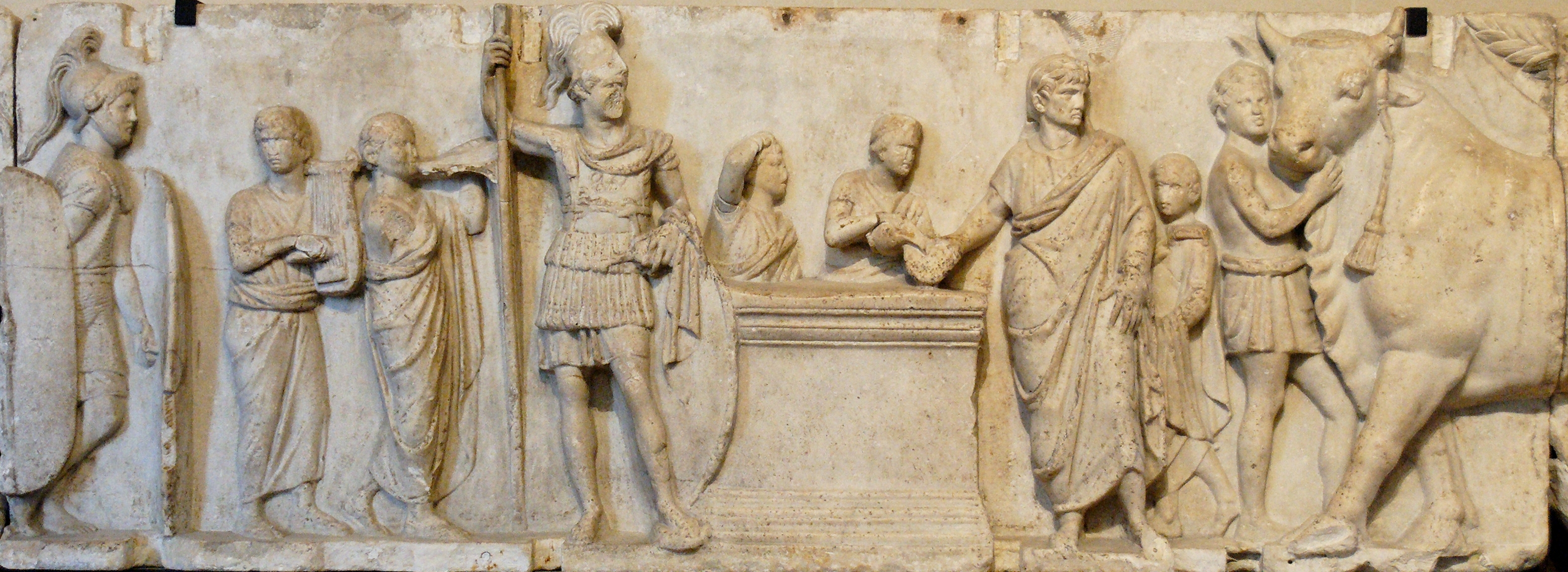
_-_WGA03384.jpg)
_-_WGA03381.jpg)

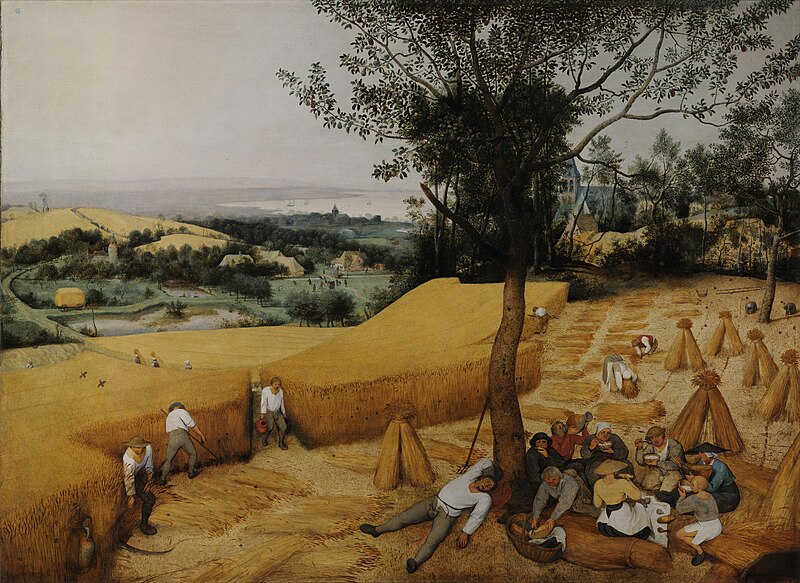

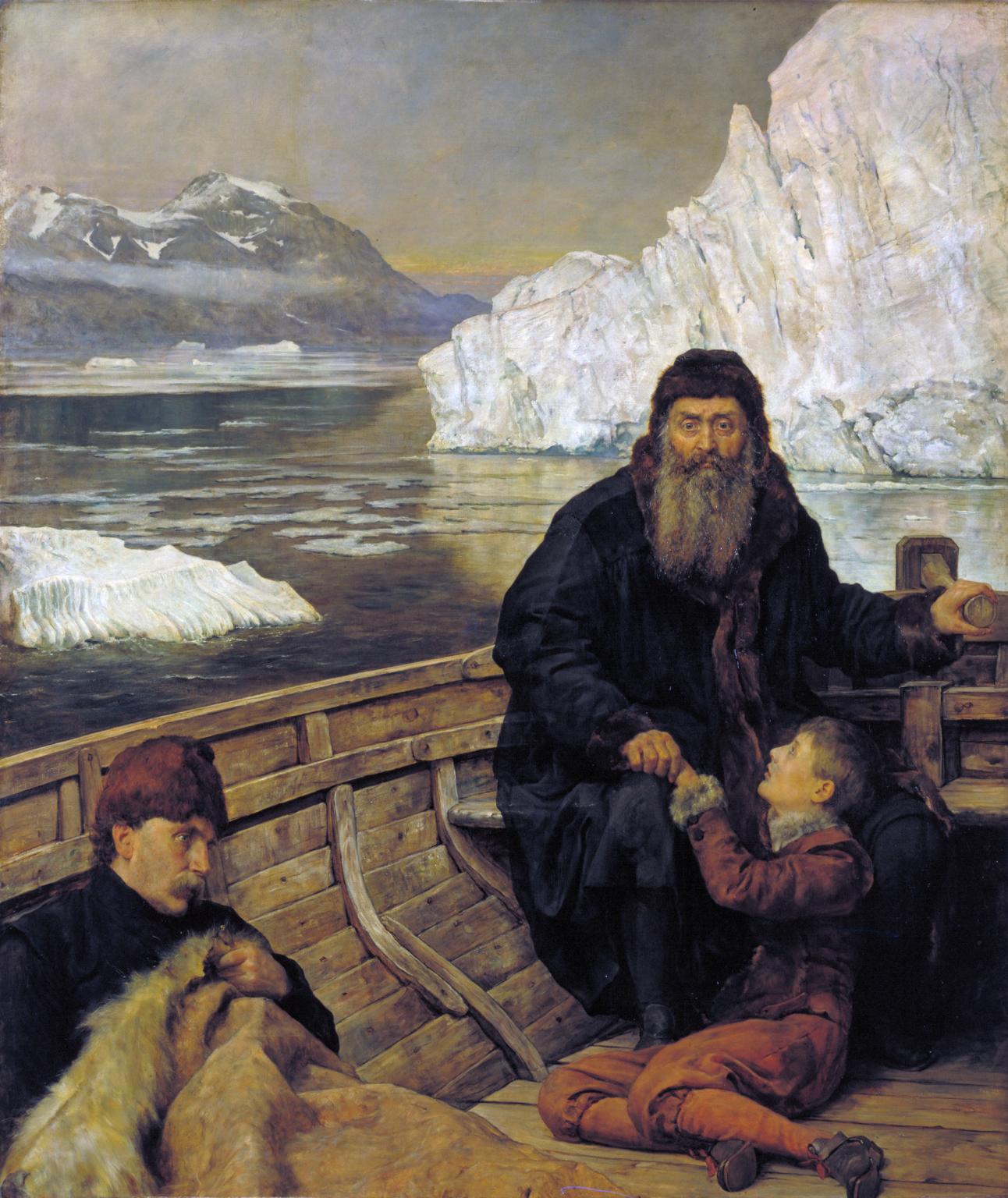



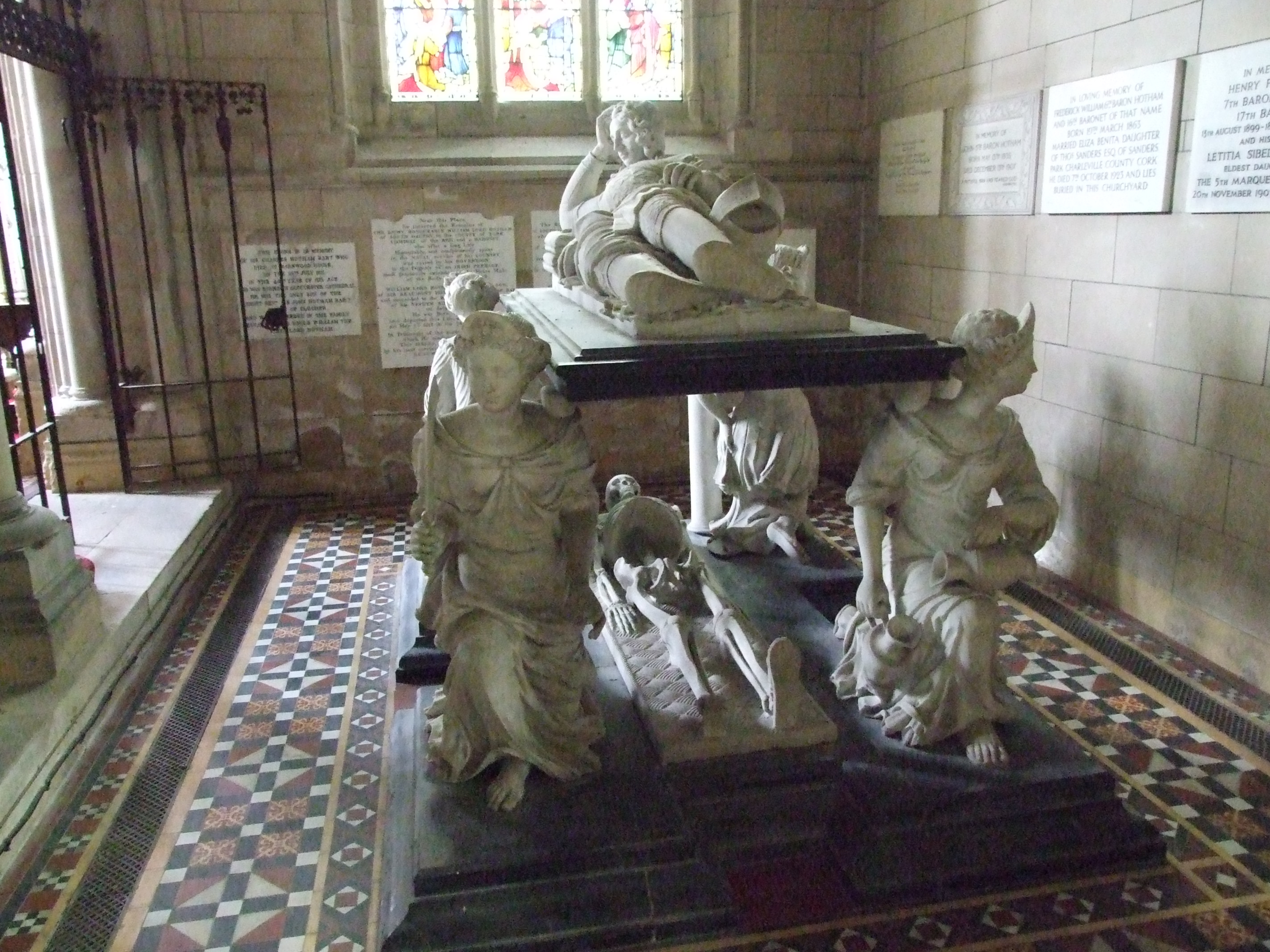
_-_Google_Art_Project_-_edited.jpg/800px-Pieter_Bruegel_the_Elder_-_The_Tower_of_Babel_(Vienna)_-_Google_Art_Project_-_edited.jpg)

